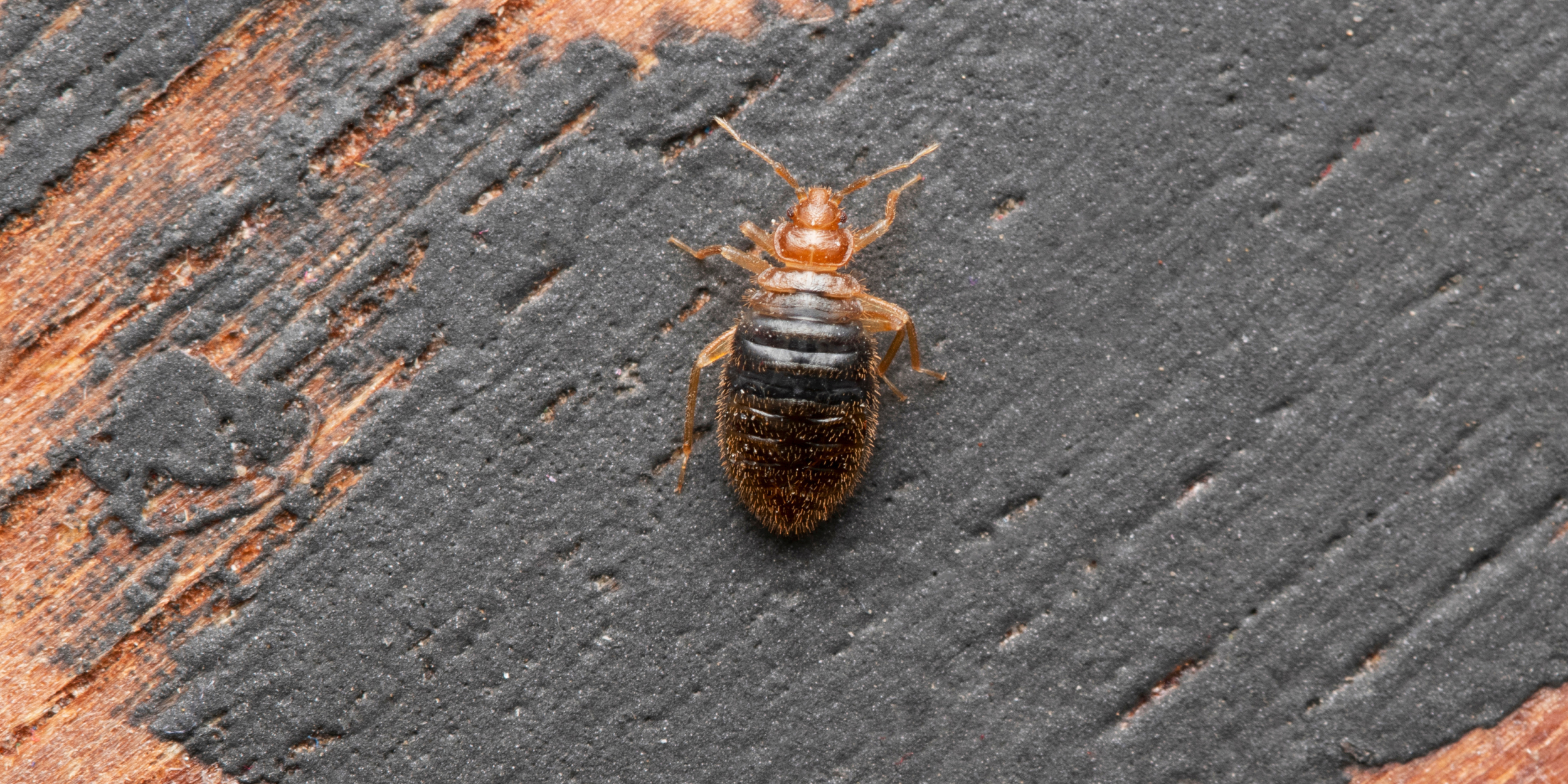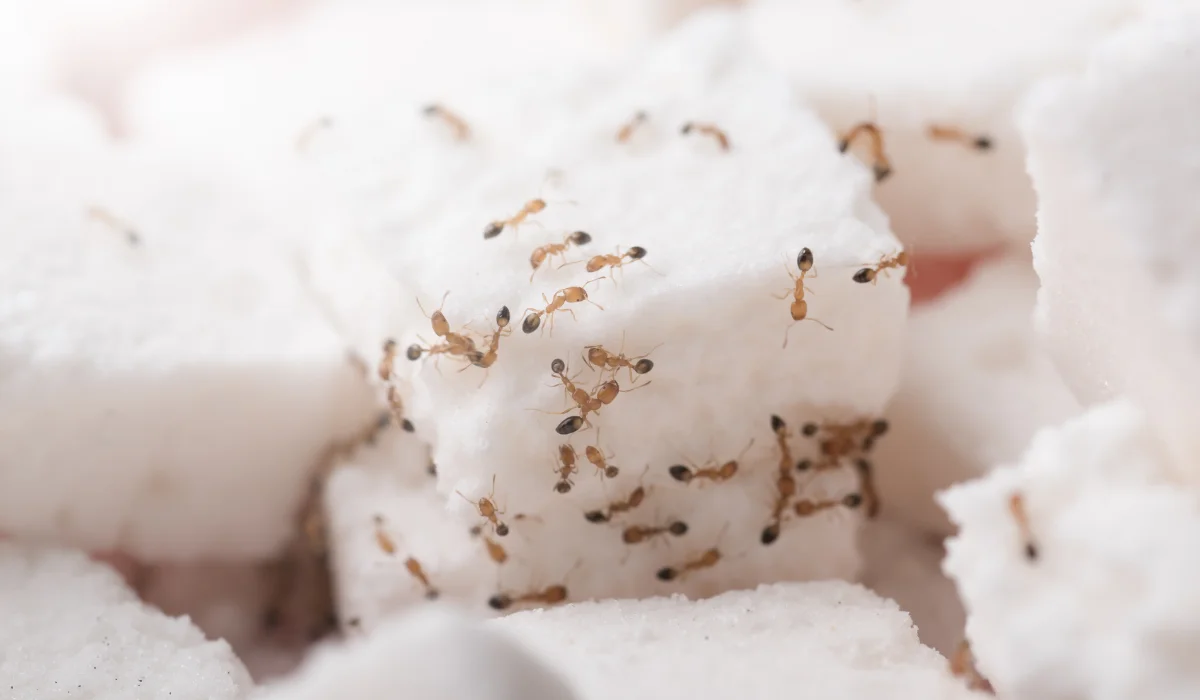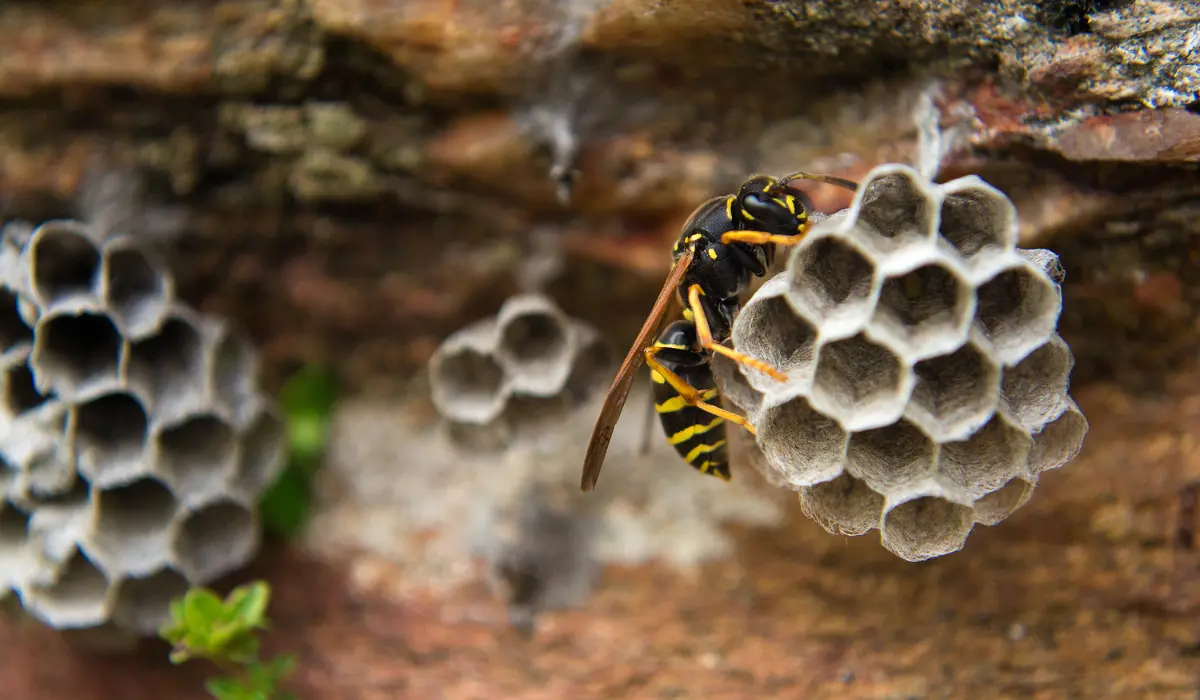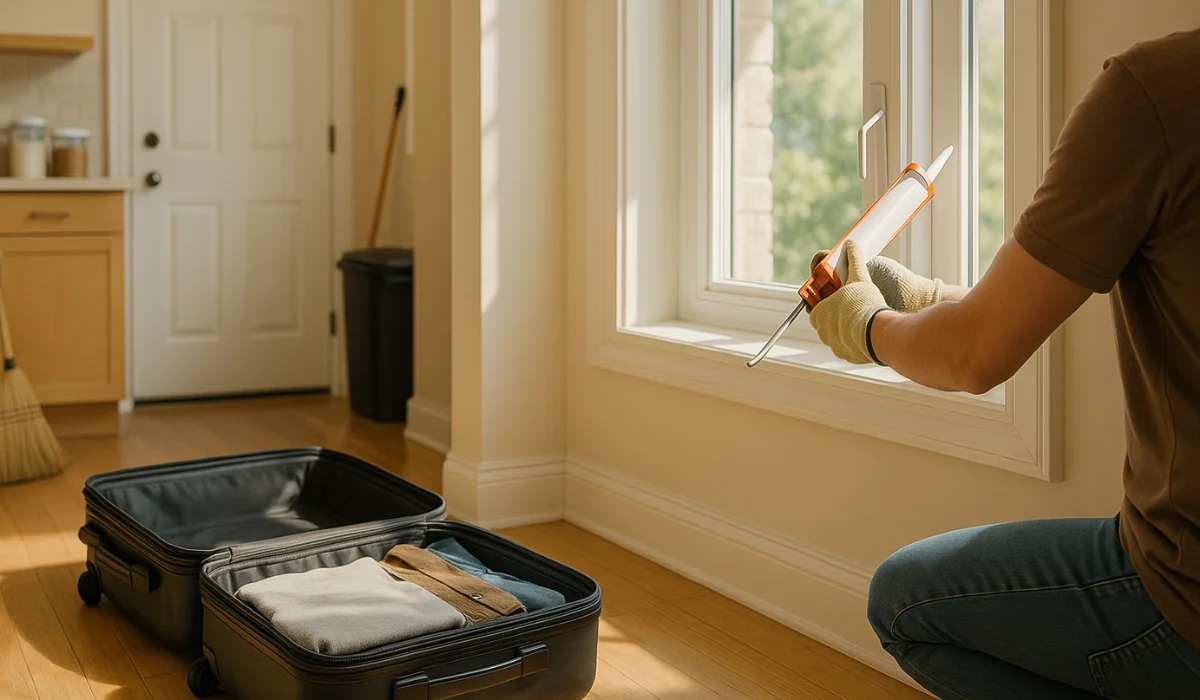Got bed bugs? These tiny bloodsuckers are sneaky, hiding in luggage or clothes, and can crash your pad, making your skin itch.
They’re not about dirty places; they hitchhike from anywhere! Tough to spot and quick to spread, they can go months without a snack, waiting for you.
Wondering how to kick them out? Keep reading to squash these uninvited guests for good.
Key Takeaways
- Bed bugs have spread globally throughout human history by hitchhiking with travelers and through the trade of goods.
- Identifying bed bugs involves looking for small, reddish-brown insects with flat, oval bodies and recognizing signs of infestation, including noticing itchy bites and blood stains.
- Preventing bed bug infestations includes inspecting second-hand furniture, sealing entry points, and using mattress encasements.
- Professional pest control is often necessary for complete bed bug eradication, utilizing a multi-method strategy to target bed bugs at every life stage.
WHERE DO BED BUGS COME FROM?
Bed bug infestations can usually be attributed to their history of hitchhiking with human hosts and the upsurge in international travel.
Spread Through Travel and Transport
Bed bugs have perfected catching rides with unsuspecting travelers to infest new locations quickly.

“When we first arrived home from our cruise, we did not notice much. We unpacked, did laundry and went about our life as normal. After a few days, my wife began noticing small red bites and bumps on her side and back. This continued to get worse as time went on, and we eventually looked up what it could be. We found bed bugs as a possibility. Once we checked corners of our bed closely, we found them.”
— Colin O’Toole, General Manager in the Restaurant Industry
They excel as opportunistic hitchhikers in hiding places, such as:
- Luggage: They tuck themselves into the seams and pockets of suitcases.
- Clothing: They cling onto garments when people are in infested areas like hotel rooms or motels.
- Furniture: Secondhand furniture purchases can unknowingly introduce bed bugs into homes.
- Public Transportation: Taxis, buses, and subways can all be hotspots for picking up these pests.
- Personal Belongings: Backpacks and purses are not immune to bed bug stowaways.
- Public Places: Bed bugs are increasingly found in places other than homes and hotels, including movie theaters, offices, and schools.
IDENTIFYING BED BUGS IN LOUISIANA
As unpleasant as it may seem, recognizing bed bugs and their signs is crucial in tackling the problem they present.
Identifying Bed Bugs
Bed bugs are tricky to spot, but knowing their characteristics can help manage pests. Here are some specifics:
| Characteristic | Description |
| Size | Adults are about the size of an apple seed, typically 5-7mm long. |
| Color | Their bodies are reddish-brown, though they become redder after feeding. |
| Shape | They have oval-shaped, flat bodies that balloon post-blood meal. |
| Nymphs | Young bed bugs, or nymphs, are minor and can be almost transparent until they feed. |
| Movement | They do not fly but can move quickly over floors, walls, and ceilings. |
Common Signs of Infestation
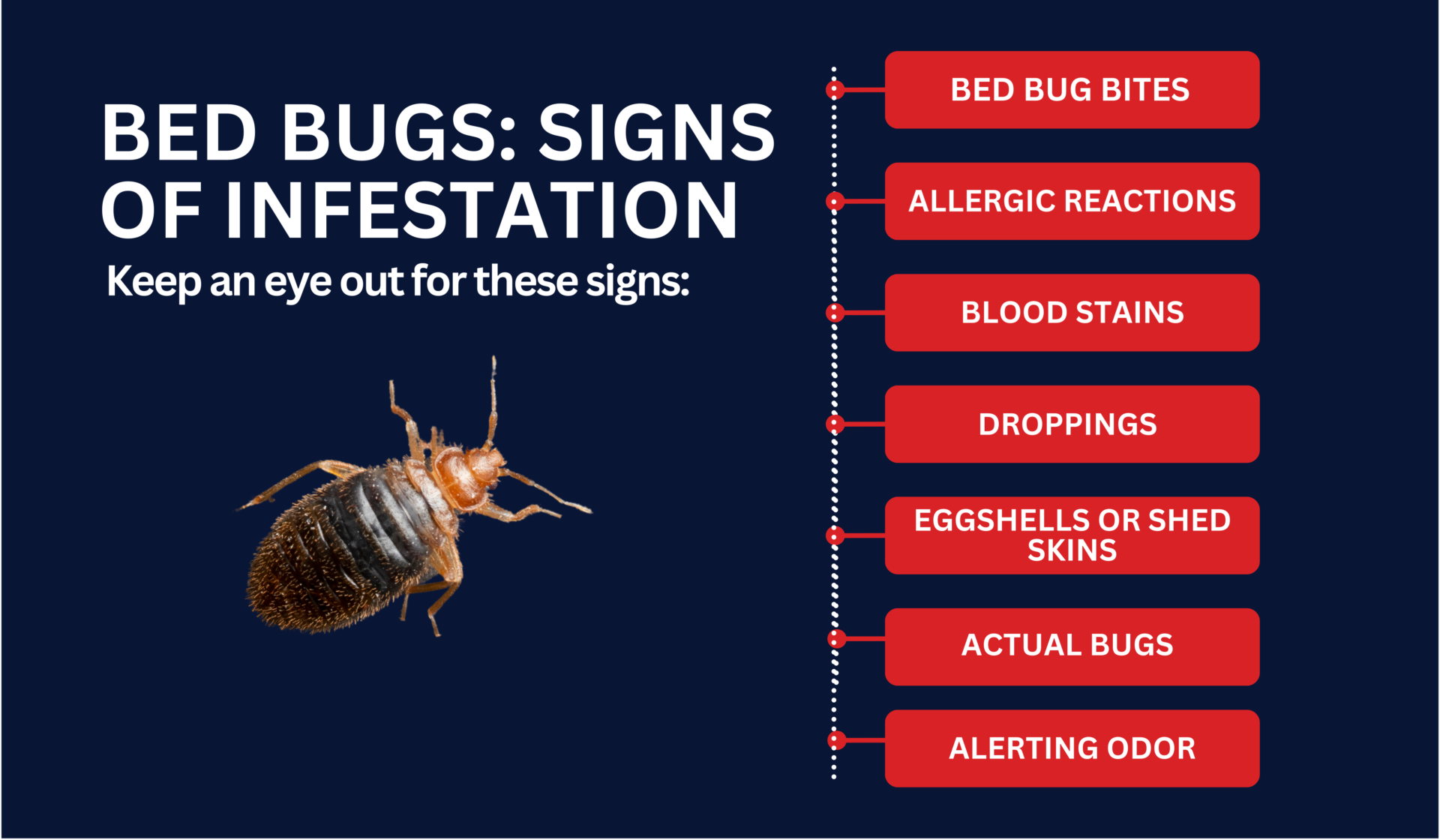
In Louisiana and other bed bug-infested areas in America, bed bug infestations leave several indicators.
Keep an eye out for these signs:
- Bed Bug Bites: The first sign is often bed bug bites that appear as minor, itchy rashes or red welts, typically in rows or clusters.
- Allergic Reactions: If you have known allergens, you may most likely have unexplained allergic reactions when bed bugs are present.
- Blood Stains: Rusty or reddish spots on bed sheets, linens, or mattresses caused by crushed bed bugs.
- Droppings: Tiny, dark spots (fecal spots) that might bleed on the fabric like a marker.
- Eggshells or Shed Skins: Tiny, pale yellow skins that nymphs shed as they grow.
- Actual Bugs: Live bed bugs in the creases of mattresses, box springs, bed frames, and headboards.
- Alerting Odor: A musty, sweet smell, often compared to berries, may be present with large infestations.
BED BUG PREVENTION AND MANAGEMENT
Proper bed bug prevention and management are essential to keeping these persistent pests at bay. Here’s how you can safeguard your homes and tackle infestations.
Preventative Measures
To keep those pesky bed bugs out of your house, consider the following checklist:
- Check Pillow: The first place you should inspect is your pillow, as they are attracted to the carbon dioxide you emit.
- Inspect Second-Hand Furniture: Before bringing any used furniture into the home, thoroughly inspect for signs of bed bugs.
- Seal Entry Points: To prevent bed bug entry, caulk cracks around couches, baseboards, mattress seams, electrical outlets, and window sills.
- Regular Cleaning: Vacuum frequently, especially around beds and furniture, to remove any hitchhiking bed bugs.
- Protect Your Mattress: Use bed bug-proof encasements on mattresses and box springs.
- Mind Public Spaces: Be cautious in public areas like movie theaters; check seats and clothing upon leaving.
Effective Treatment Strategies
When dealing with an infestation, several DIY treatment options can be considered to get rid of bed bugs. Here’s how each treatment method works:
| Treatment Option | Details |
| Heat Treatment | Kills bed bugs at all life stages but requires specialized equipment. |
| Cold Treatment | Freezing items can be effective but may not penetrate deeply enough to kill all bugs. |
| Pesticide Sprays | Effectiveness depends on the pesticide used and the thoroughness of application. Safety concerns for pets and children. |
| Diatomaceous Earth | Desiccates bed bugs over time; safe for humans and pets but requires patience. |
| Steam Cleaning | Can penetrate fabrics and crevices, killing bed bugs on contact. |
WHEN TO CALL THE BED BUG PROFESSIONALS
Sometimes, despite your best efforts, bed bug control is a task for pest control professionals.
Wherever you’re in Louisiana, seeking expert help should be easy. For immediate intervention for a severe infestation, let Lajaunie’s bed bug control specialists tailor a solution that’s right for your home.
For more information about the areas we service, visit our location page.
 By: LaJaunie's Pest Control
By: LaJaunie's Pest Control 